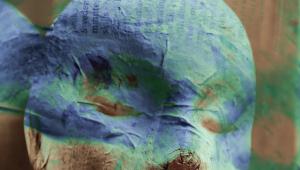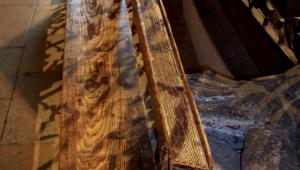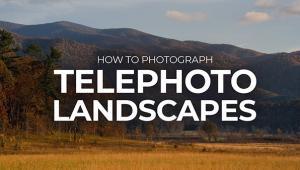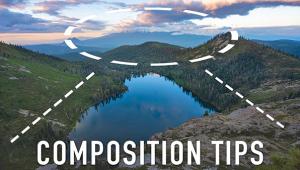i always admire anything that is colored black and white, it gives me this eerie feeling but it also makes me want to come back to those black and white days. - Scott Safadi
dr5 Labs
Renewing The Black And White Lease Page 2
Efke 50: "Exceptional image quality! An old-fashioned Adox-looking film quality. Shoot Efke 50 at ISO 50.
Note: the 120 film fogs easily; protect this film from direct light."
 |
|
|
With all this backup and having seen some amazing samples of his processing
work we decided to give it a test. We rounded up some sample films, including
Ilford Delta 400 and Kodak T-Max 400, and exposed them under various lighting
conditions and sent them off. Our best expectations were met. The films arrived
back clean and scratch-free, all well mounted. We tried out dr5's Developer
1 (neutral) and Developer 2 (sepia) as well as shot films at various speeds.
Grain structure seemed improved from negative film results, and the results
scanned beautifully.
Why would you want black and white chromes of shot film? First off, it's
a nice, secure feeling to have a film record. And being a silver record, assuming
proper storage, the images will last many, many years. Second, having a film
scanner allows you to get larger image files from scans than from most affordable
digital cameras, which when combined with the grain structure and tonality of
the slides can yield excellent large-size ink jet prints. Third, and as important
as anything, it's fun to work with new films (which this process in essence
delivers) to change the way you might look at subjects and scenes.
Any caveats? Well, you must treat these reversal-processed black and white films
somewhat like slide film, which means you don't expose them the way you
do negative film. Overexposure in a slide film is bad news, so bias exposure
for the highlights. If you're used to changing contrast through development
think differently; here, you change contrast through ISO settings. Fogging can
be an issue, especially with older film or, with some films and cameras, the
result of the IR sensor in the camera. In general, you might be able to cut
through that fog when doing projection printing by judicious use of potassium
ferricyanide on the print, or even (pretty scary) on the film itself, but here
the fog becomes inherent to the film record. And, finally, not every film will
yield the type of results you expect, or hope for. That means you might have
to abandon a favorite and rely on Wood's recommendation. It is very, very
important that you read his tout sheets and follow his EI and ISO settings carefully.
What about costs? The rates are more than for E-6 for sure, but equivalent to
what you'd pay for a develop/contact sheet order at a pro lab today.
In all, my experience with dr5 was very positive (sorry for the pun) and it
has, to some extent, rekindled my work with black and white film. Does this
mean that I'll never develop black and white negatives again, or shoot
for negative processing? No, but dr5 does pose a very interesting alternative
and is one that all lovers of black and white should explore. I highly recommend
a visit to the dr5 website and to give a roll of film a try.
For more information, visit www.dr5.com.
- Log in or register to post comments


































